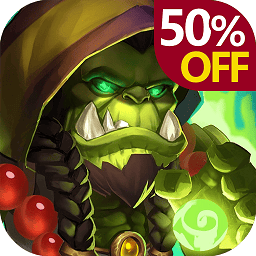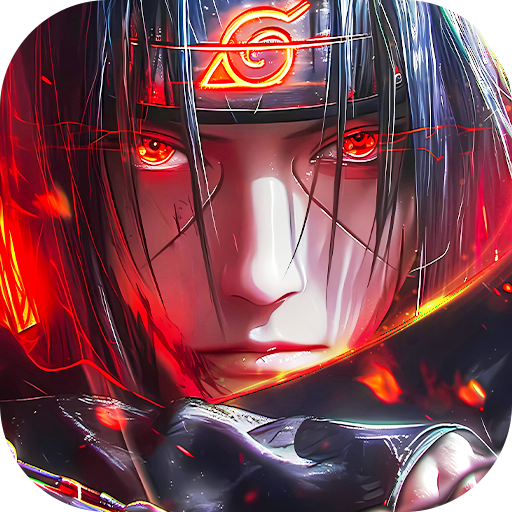Welcome to Meta Apes, a one-of-a-kind massively multiplayer online game that is completely player-owned and player-run. In this fascinating parallel world, you'll play as your alter ego and embark on a monkey life full of creativity and adventure!
The beauty of Meta Apes is the endless possibilities as you become the creator and leader of your own unique monkey tribe. Starting with an initial fortress, you can constantly upgrade and expand it to grow with your tribe. In this well-designed world, you will experience the fun of building, managing and developing your tribe, and every decision you make will affect the direction of your tribe.
To defend your territory and resources, you'll need to build strong troops and train heroes.Meta Apes offers a wide range of different types of troops and heroes that you can mix and match to try out different tactics and strategies to fight for your tribe's honor and territory. Every battle is a test of wits and courage, and your decisions will determine victory or defeat.
Democracy and cooperation also play an important role in this unique world. Through democratic voting, every monkey has the opportunity to participate in deciding the future of the world. You can discuss and vote on important matters in the game with other players, shaping a more diverse and interesting virtual community.
Not only that, but Meta Apes brings you a whole new level of exploration. You can explore this new world with other players and discover unknown territories and secrets. In this world full of mysteries and discoveries, you will be constantly looking for new adventures and challenges to keep your monkey life full of surprises and excitement.
Meta Apes is more than just a game, it is a social platform full of creativity, cooperation and exploration. It's a place where you can interact with other players, exchange ideas, build friendships and work together to create a unique and vibrant game world.
Ready to join Meta Apes and explore the endless possibilities of parallel worlds? Become a unique "monkey" and embark on your own creative adventures, building tribes, conquering territories, making rules, and shaping exciting virtual worlds with other players!
Meta Apes Mod Apk v0.103.0(Speed Hack)
Updated On Dec 12, 2025
 Speed Hack
Speed Hack
 Speed Hack
Speed Hack
App NameMeta Apes
Tagnull
Versionv0.103.0
Mod InfoSpeed Hack
Package Namecom.mkbanana.gp
CategoryStrategy
Size701.27M
MOD features
 Speed Hack
Speed Hack
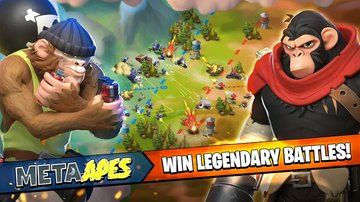
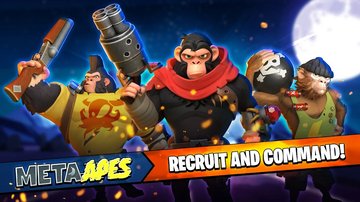
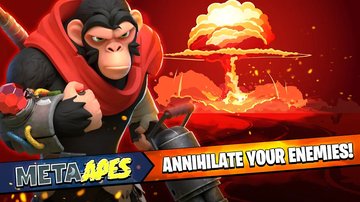
Recommended for you

The Grand Mafia
1.3.760 + 294.44MB
No Ads / Speed Hack / Save Editor

Object Hunt
1.3.3 + 69.30MB
Unlimited Resources

Tower Defense King
1.4.8 + 44.85MB
Unlimited Resources

State Conquer the World
3.0.0 + 167.08MB
Unlimited Resources / Save Editor

Sandbox Strategy Tactics
1.0.50 + 102.39MB
Unlock all levels

Skyforce Unite!
2.0.6 + 65.32MB
Speed Hack / No Ads
New Update

Car Driving School Simulator
3.33.1 + 534.16MB
Unlimited Resources / Free Shopping

Brother’s Pho Restaurant Chef
0.9 + 184.58MB
Unlimited Resources

Dave's Word Game
1.0.2 + 64.57MB
Speed Hack / No Ads

Juice Pack Frenzy
1.0.6 + 108.36MB
Speed Hack / No Ads

Pizza Restaurant Tycoon
0.2 + 93.30MB
Speed Hack / No Ads

Fish Farm Tycoon
1.0 + 111.11MB
Speed Hack / No Ads




